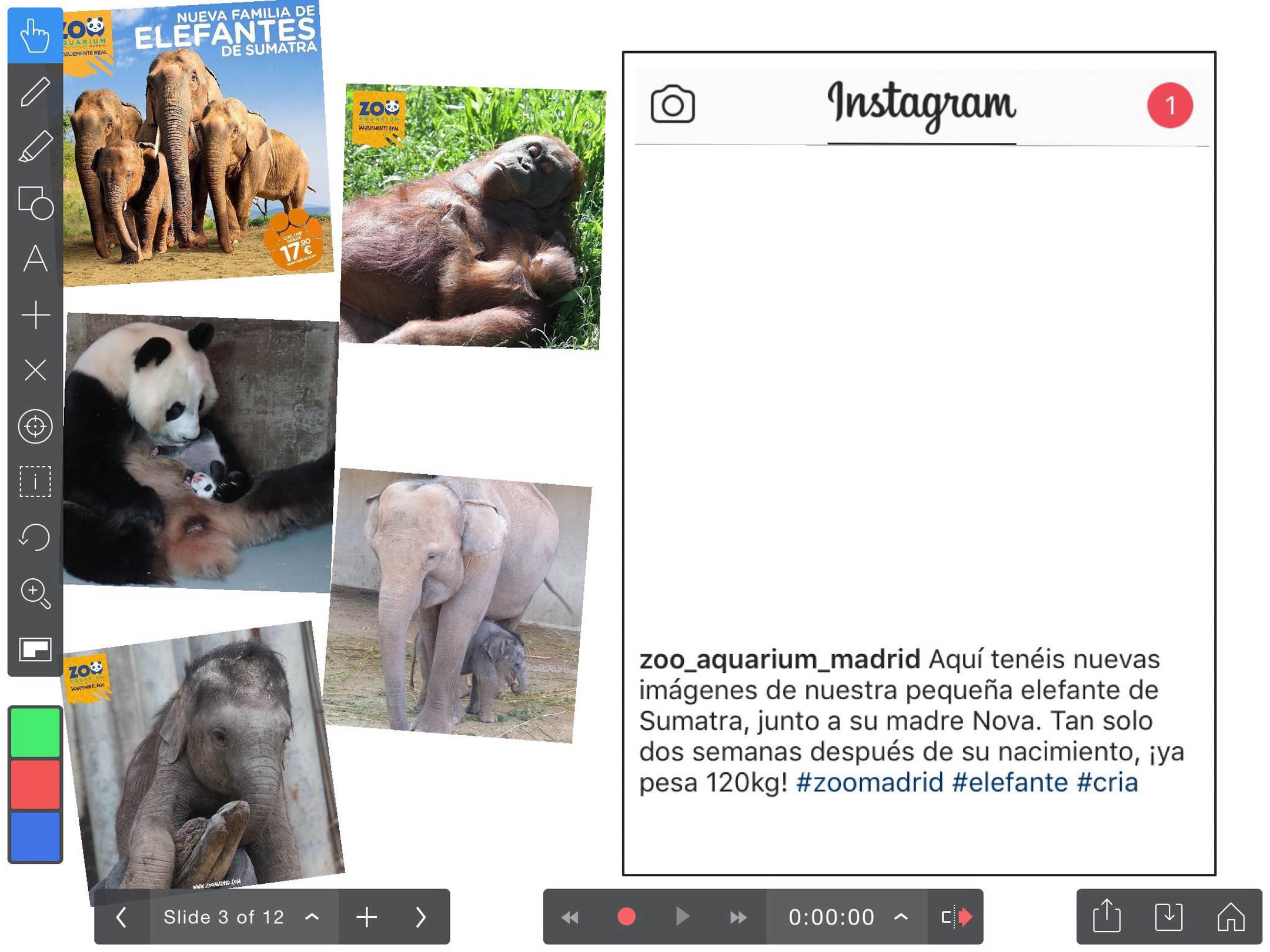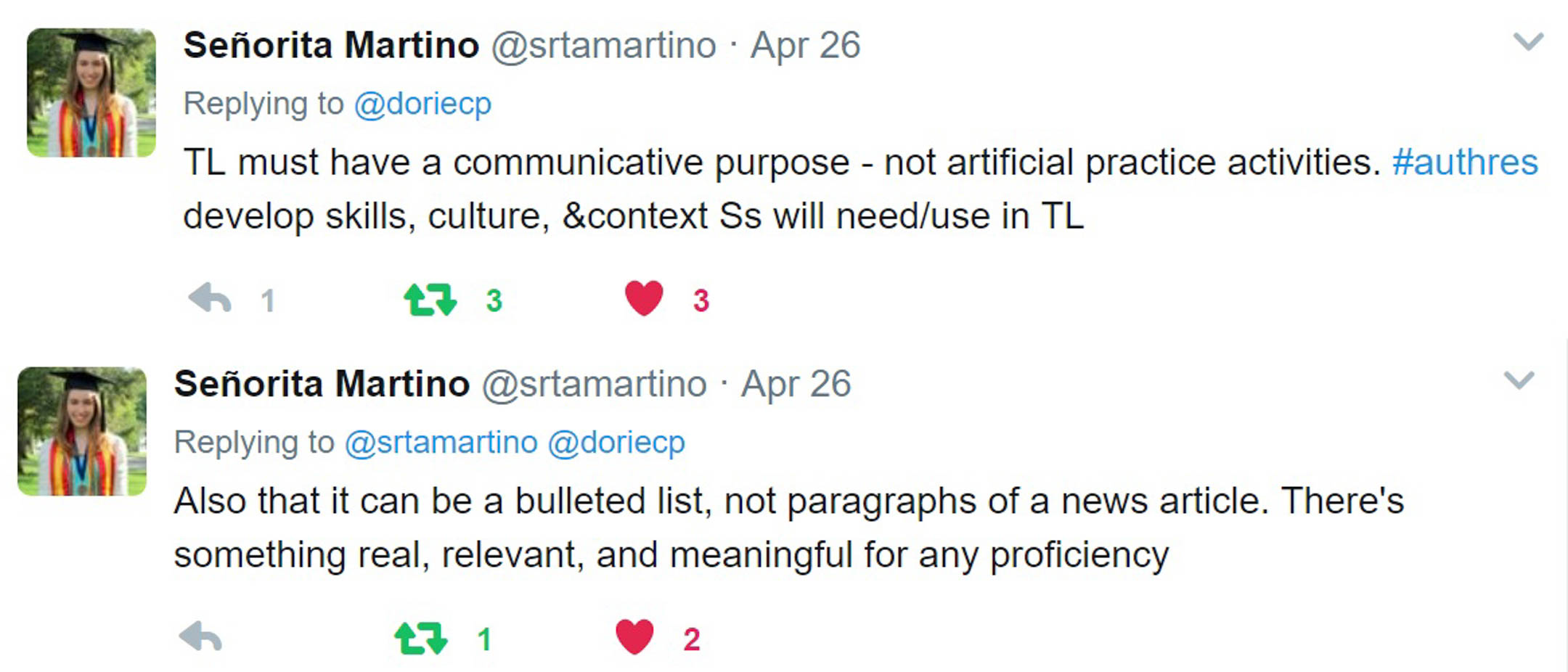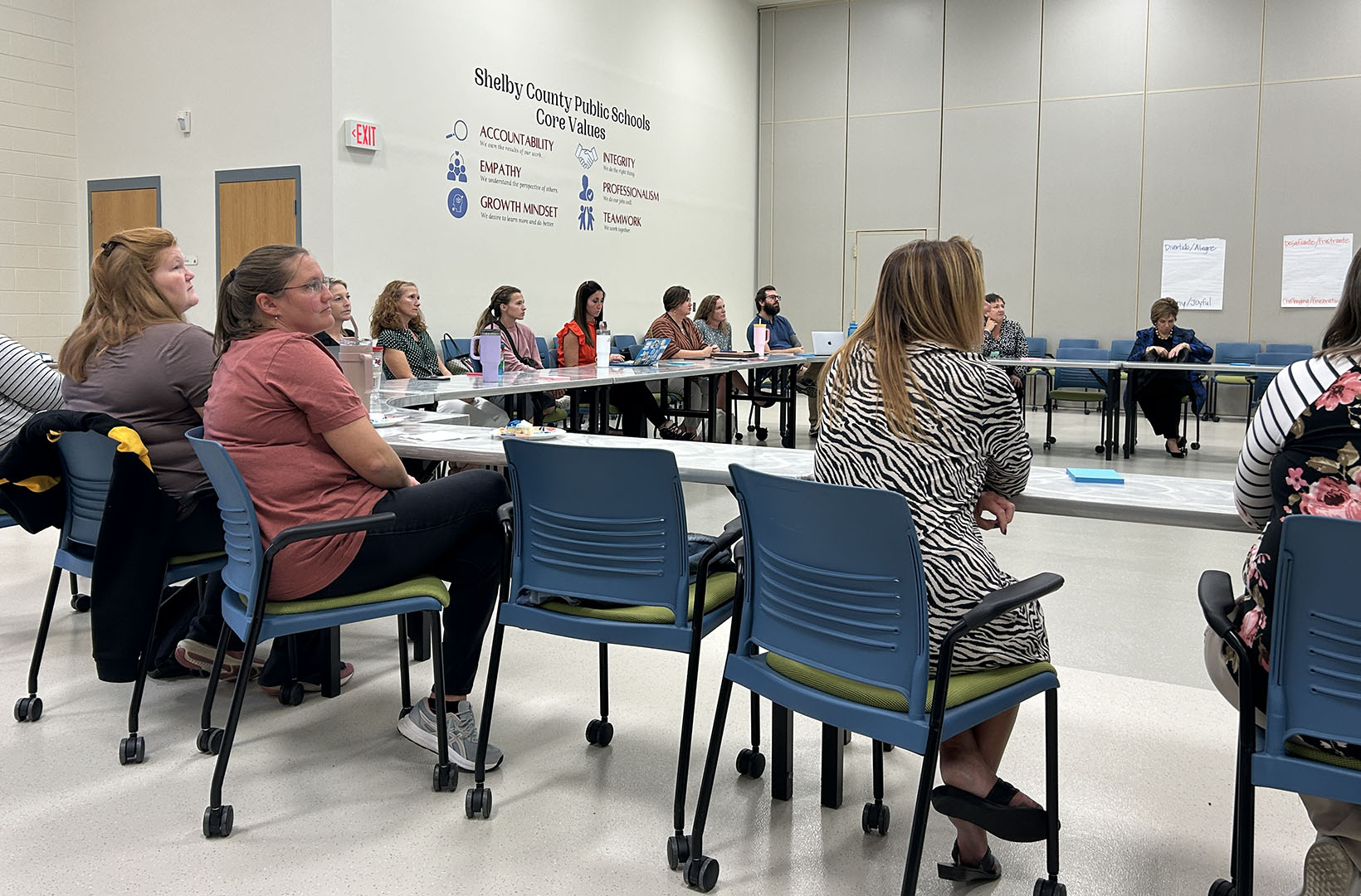This article is the sixth in a series of seven that focus on the core practices of world languages instruction. This series will try to open a window for world languages teachers, nontraditional world languages teachers and other educators as to what world languages education is about. The series will focus on two goals: to grow new leaders in the language learning profession, and to foster growth in students and teachers through effective instructional practices in language teaching.
Read the series:
- World languages: Strengthen your core!
- Core practices: Using the target language as the vehicle and content of learning
- Core practices: Fostering interpersonal communication
- Core practices: Backward design of world language curriculum
- Core practices: Teach grammar as a concept and use it in context
- Core practices: Provide feedback to improve learner performance
By Dorie Conlon Perugini
dorie@aglobalclassroom.com
Stop and think for a moment: what do you consider to be the ultimate goal of education? Many say it is to prepare students for life outside of school.
For world language educators, this means preparing students to communicate with native speakers of languages other than English. And now, there is a growing movement that argues language students can begin to communicate with native speakers as early as the first day of class through the use of authentic texts and resources.
What are authentic resources?
Unlike language found in most textbooks or created by teachers for their students, authentic resources are examples of the target language found in natural settings. Authentic texts and resources – or #authres as they’re referred to on social media – are defined by education professors and researchers Eileen W. Glisan and Richard Donato as “texts, be they printed, audio, or video, that are created for various social and cultural purposes by and for… users of the target language and various other cultural groups,” with the word authentic implying “the text has not been simplified or edited for the purpose of foreign language instruction.”
While students in traditional classes may be exposed to cultural tidbits through a textbook, authentic cultural resources in a modern class can include websites, newspaper and magazine articles, brochures, infographics, YouTube clips, social media posts, and even live or Skyped-in guest speakers from the target culture. As long as the materials were created for a real audience that uses the target language, and not solely for language-learners, it can be used as an authentic resource!

This interactive activity, created by Dorie Conlon Perugini, uses authentic text. Novice students read a real caption posted by the Madrid Zoo and choose the photo from the zoo’s “camera roll” that best matches that caption.
Photo submitted by Dorie Conlon Perugini
Why should educators use authentic resources?
My personal reason for using authentic resources is allowing students to experience culture, rather than simply learning about culture. They also provide students language input that is representative of how language is used in real life – not simplified or watered down. When asking colleagues on Twitter why they use authentic resources, Thomas Sauer – a world language consultant and former world language specialist for Jefferson and Fayette Counties – responded with this powerful metaphor:

Thomas Sauer is a world language consultant and former world language specialist for Jefferson and Fayette Counties.
Submitted by Dorie Conlon Perugini
As Thomas’ tweet illustrates, if we want our students to actually use and experience the target language, authentic resources are key! Thomas isn’t the only one who argues the importance of using authentic texts; other experienced teachers on Twitter shared reasons for #authres:

Lisa Shepard is a veteran French teacher and the 2016 Oregon Foreign Language Association Teacher of the Year.
Submitted by Dorie Conlon Perugini

Julie A Caldarone serves as director of world languages for the Boston Public Schools and is a board member for the Massachusetts Foreign Language Association.
Submitted by Dorie Conlon Perugini

Bill Denham is a high school Spanish teacher and current president of the West Virginia Foreign Language Teachers Association.
Submitted by Dorie Conlon Perugini

Michelle Martino is a first-year middle school Spanish teacher in Berlin (Connecticut) Public Schools.
Submitted by Dorie Conlon Perugini

Rebecca Blouwolff is a Boston-area middle school French teacher.
Submitted by Dorie Conlon Perugini
It is through the experience of interacting with members of another culture that students develop the skills needed to increase their global competence. Furthermore, as Boston-area middle school French teacher Rebecca Blouwolff points out, the process of selecting authentic resources is beneficial to language teachers too, as it helps us continue to improve our own language skills.
But my students aren’t ready for authentic resources!

Gretchen Mancuso is a French teacher with three years of experience at Weston Middle School in Weston, Conn.
Submitted by Dorie Conlon Perugini
From students at novice to advanced proficiency levels, from students in elementary school to high school, your students are ready for authentic resources! But using authentic resources is meaningless unless we make them comprehensible.
Comprehensible input, which is central to student language acquisition, is language that students can understand, despite not knowing all of the words or structures within the text. In the second article in this series, “Using the target language as the vehicle and content of learning,” Sarah Merideth provides some great tips on how we can make authentic resources more comprehensible in the “Remember the following items to be successful” section.
Change the task, not the text
In addition to the visual and linguistic supports teachers can use to make authentic resources comprehensible, we must keep in mind the importance of asking students to do tasks that do not go beyond their proficiency level. For example, rather than requiring a class of first-year Spanish students to create a travel itinerary using the Madrid Metro website, teachers could ask students “What are three things someone could do while visiting this site?” Alternatively, a teacher could print a screenshot of the website and ask students to highlight keywords or cognates that help students understand the text.
Tips for finding authentic resources:
- Search Pinterest using keywords from your unit’s theme.
- Search for authentic resources posted by other language teachers on social media by using the hashtag #authres.
- Search in the target language using the target culture’s preferred search engine.
- Find blogs dedicated to authentic resources written by teachers of your language.
- Follow social media accounts from your target culture.
While using authentic resources may seem overwhelming at first, remember that practice makes proficient! Start slow and over time you will build a bank of resources that you and your students will grow to love.
Dorie Conlon Perugini is an elementary Spanish teacher at Glastonbury Public Schools in Glastonbury, Conn., and is the executive secretary of the National Network for Early Language Learning. She also serves as a world language consultant and authors the blog, “A Global Classroom.” Perugini also has co-edited the book, “Teaching Intercultural Competence Across the Age Range: From Theory to Practice,” due to be released by Multilingual Matters on Oct. 31, 2017.




Great article and good reminders as we strive to deliver authentic learning experiences!